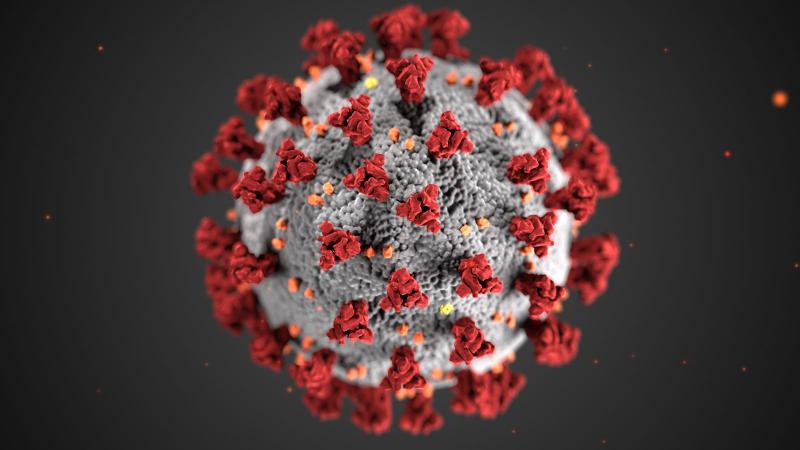Here’s how towns trace the spread of covid
As covid cases remain well in the double digits in Marion, Mattapoisett and Rochester, public health officials have to keep track of not just who has covid — but who may have been exposed as well.
And when cases have spiked in all three towns since Thanksgiving, that means public health nurses have to do a lot more tracking to make sure the community stays safe.
But how do health officials know who’s been exposed? Who has to quarantine? When to close schools and public offices? Sippican Week put together a list of ways public health officials keep track of the virus.
Defining Close contacts
A close contact is defined by the state as anyone who has been within six feet of a covid-positive individual for more than 15 minutes over a 24-hour period, with or without a mask.
Public health nurses in all three towns have to do contact tracing based on this definition. Nurses will try to find out who has been in contact with a positive individual within two days of their positive test result, and report that information to the Board of Health.
But when it can take days for results to come in, some people may have been exposed without even knowing it.
In an Oct. 28 Board of Health Meeting, Mattapoisett Public Health Nurse Emily Field explained the importance of contact tracing.
She said that while contact tracing helps, the best way to keep covid from spreading is to remain cautious.
“The real concern,” Field said, is that Mattapoisett residents need to observe best practices like wearing a mask and social distancing.
Field said “we can study the cases and look at the numbers,” but the most important aspect is to pay attention to safety guidelines and prevent the spread, especially because some who contract covid are asymptomatic.
Field said that when a case is discovered, anyone who has recently been within six feet of the positive case for a total of 15 minutes over a 24-hour period is considered a close contact.
She said that those who observe best practices are “less likely to become that close contact.”
“It’s a mushroom,” Public Health Nurse Amanda Stone said of the virus’ high spreadability.
What happens when there’s an outbreak
Outbreak responses differ based on the location of the outbreak.
For example, when there was an outbreak of cases at Sippican Healthcare Center in the fall, the long-term healthcare facility worked within its own limits to contain the spread, implementing its own procedures and precautions.
When cases occur within the Old Rochester Regional School District, the relevant Board of Health for the school where the case occured is notified. Then, the board issues a recommendation to the district on whether the school should remain open.
“If there was evidence of in-school transmission, we would’ve almost certainly asked them not to return to school,” Board of Health Chair Edward Hoffer said at a Nov. 3 Board of Health meeting.
So far, no schools have been closed due to covid outbreaks.
Quarantining vs. isolation
Residents of Massachusetts are required to quarantine when they are deemed a close contact, or when they travel to a restricted state without producing a recent negative test result.
According to the state, quarantining means remaining inside for 14 days, or 10 days if no symptoms are shown throughout the quarantine.
Isolation is necessary when someone is symptomatic or has tested positive for COVID-19. Isolated patients must be alone, without direct contact with anyone else, until the virus can no longer be spread. This typically lasts about 10 days.
Mask-wearing and other best practices
According to Governor Baker’s most recent guidance, Massachusetts residents are required to wear masks at all times in public, even when six feet of social distancing is possible.
It is within the authority of municipalities to fine those who are non-compliant with a $300 fine.
The state also issued a travel ordinance, in which every state except Hawaii is deemed high-risk as of Dec. 27.
When an individual travels to a high-risk state, they must quarantine upon return to the commonwealth, or produce a negative test result from a sample taken within three days of their return to Massachusetts.
Health officials at all levels of government, from Boards of Selectmen to the Center for Disease Control, have advised against travel throughout the holiday season.















